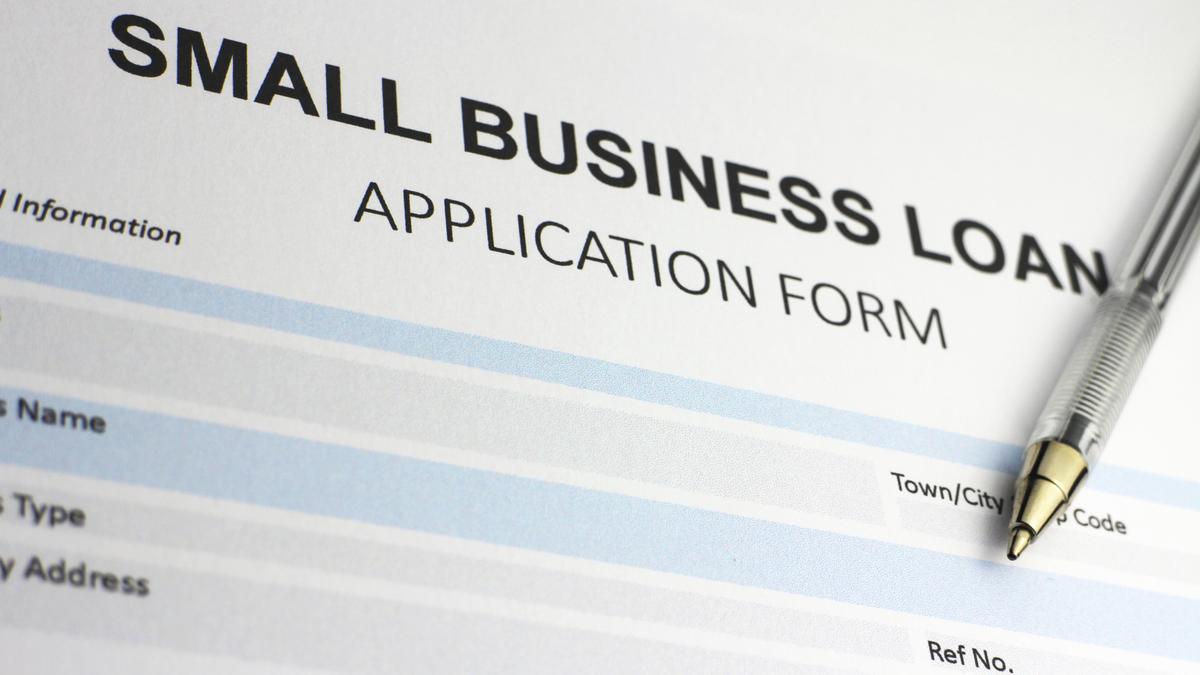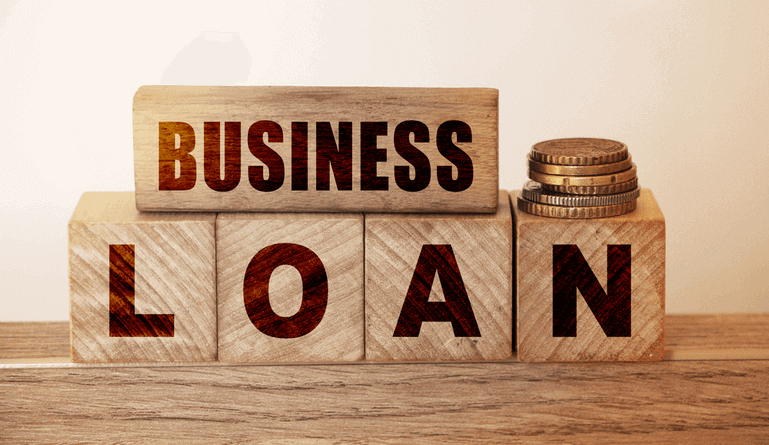When you’re looking for a way to grow or start your company, navigating the process and lending standards can be intimidating. However, breaking down this daunting task into manageable steps — from understanding qualifications and shopping for lenders to knowing how to get a small business loan — can help secure funding that allows your company the chance at success.
What type of loan do you need to fund your business?

Source – link
There are three categories of loans:
- SBA loans and traditional term loans can both allow you to borrow a lot of money- SBA loans, for example, are capped at $5.5 million. Many high-risk lenders also offer products specifically designed to fit the needs of growing companies, like equipment or vehicle purchases with an appropriate loan amount.
- Startup financing, such as business credit cards and personal loans. These lenders require cash flow to support repayment of the loan, so companies in their first year typically can’t get a business loan for new businesses. Instead, you’ll have to rely on other types of financing that aren’t available through those methods.
- A business line of credit could be a good idea to manage your day-to-day expenses. This kind of flexible funding lets you access financing as needed. When payments come in, they can immediately go to their designated projects (such as payroll or unexpected repairs), providing extra security against difficulties with cash flow.
1. Do you qualify for a business loan?
The first step in how to get a small business loan is to figure out if you qualify for a business loan.

Source – link
- Credit score
You can get your free credit report from Equifax, Experian, and TransUnion. You can get free credit scores from NerdWallet. Banks prefer to offer low-interest rates to borrowers with scores of 680 in their score. If you fall below that threshold, consider small business loans for those with bad credit or nonprofit microloans.
- How long have you been in business?
Most online small-business loans are available only to those who have been in business for at least a year, and the two-year mark can obtain most bank loans.
- Do you make enough money?
The minimum annual revenue for most lenders ranges from $50,000 to $250,000. If your gain is not high enough, look into short-term business loans or SBA microloans and equipment financing.
2. Determine what payments you can afford

Source – link
The second step in how to get a small business loan is to determine how much can you afford to apply towards loan repayments each month? Look carefully at your business’s cash flow and evaluate how much you could pay as a monthly repayment. Some lenders require daily payments, so keep that in mind when calculating the correct amount for compensation.
If your income is $10,000 a month, but expenses are like rent ($7,000) plus payroll and other costs combined ($8,000), then the total is $15,600, from which only one-quarter would be considered necessary (the equivalent of an annual salary). That leaves plenty of room for additional expenditures regarding loans or anything else. You should note that this conversion rate may differ depending on where you live; however, it serves as an illustrative example here in America.
3. Decide how you want to collateralize the loan
You will qualify for a secured loan if you have something of value-property or equipment. For example, the lender can take ownership. Doing this is risky, but it may also allow lenders to let you borrow more and offer lower interest rates.
You might also be required to put up an additional personal guarantee on top of the expense to qualify for an unsecured loan (you’ll still be responsible should your business default). However, doing so typically means that it will be able to come after things like your house or car in instances where there is nonpayment.
4. Compare small-business lenders

Source – link
There are three primary sources for small-business loans: banks, online lenders, and nonprofit microlenders. They offer different products, but it is essential to know which one may be better in certain situations than others.
Online lenders provide small and medium-sized businesses loans from $1,000 to $5 million. The average annual percentage rate ranges from 6% to 99%, depending on the lender, the type and size of the loan, repayment term length, etc. These rates are higher than those traditionally offered by banks, but approval rates are higher with funding faster (as little as 12 hours in some cases). You can get a loan from online services when:
- You lack collateral.
- You lack time in business.
- You need funding quickly.
Bank options include traditional ones like term loans, lines of credit, and commercial mortgages to buy properties or refinance. The U.S. Small Business Administration provides general small-business loans with its 7(a) loan program, short-term microloans, and disaster loans.
These SBA programs can affordably provide up to $5 million in financing for the average business owner in need, averaging around $704k through the fiscal year 2021, according to Congressional Research Service data available on such matters.
Meanwhile, the average SBA microloan is 13 thousand dollars. At the same time, their 504 loan program helps promote communities’ economic development by funding fixed asset purchases – like land, buildings, or equipment – through long-term at a fixed interest rate and an affordable repayment plan afforded traditionally only for large corporations than regular homeowners. This is one of the essential steps in how to get a small business loan.
Getting a small-business loan from the bank is complicated because of many factors, like lower sales volume and cash reserves. Banks will not give you a loan with bad credit or no collateral to help you. You can get a loan from traditional banks when:
- You’ve been in business for at least two years.
- You have good credit.
- You don’t need cash fast.
Microlenders are nonprofits that typically lend short-term loans of less than $50,000. The APR on these loans is higher than bank loan rates. These microloans might work well for smaller companies or those without a long operating history and poor personal credit. Examples include Accion Opportunity Fund, Kiva, and Accompany Capital’s Microlender program. You can get a loan from microlenders when:
- You have bad credit or no credit history.
- You are a new business.
- You can’t get a traditional loan.
5. Gather your documents
The next step in how to get a small business loan is to complete and submit a combination of the following:
- Business and personal tax returns.
- Business and personal bank statements.
- Business financial statements.
- Business legal documents (e.g., articles of incorporation, commercial lease, franchise agreement).
- Business plan.

Source – link
6. Apply for a business loan
And finally, the last step of how to get a small business loan to apply. If you have finally determined which type of loan and lender is right for you, it’s time to apply! Start by looking at two or three similar options based on terms and APR. Because APR includes all the fees associated with a loan and the interest rate, it is the best way to understand what your annual business loan will cost.
The best option to take is the one with the lowest APR, as long as you can make its regular payments. However, credit bureaus don’t differentiate between business and personal inquiries, so your score will be affected if you apply for a small business loan with your credit information. In this case, you must choose wisely and go on what promises to be your best bet.
Conclusion
Many different lenders provide small business loans with a wide range of options tailored to your company’s financial circumstances. You considerably boost your chances of obtaining an excellent small company loan by predicting what lenders will analyze and require.




Anyone looking to start a business would be wise to secure a loan. While it may seem impossible to do, you did a great job detailing how it can be done and done well to boot.